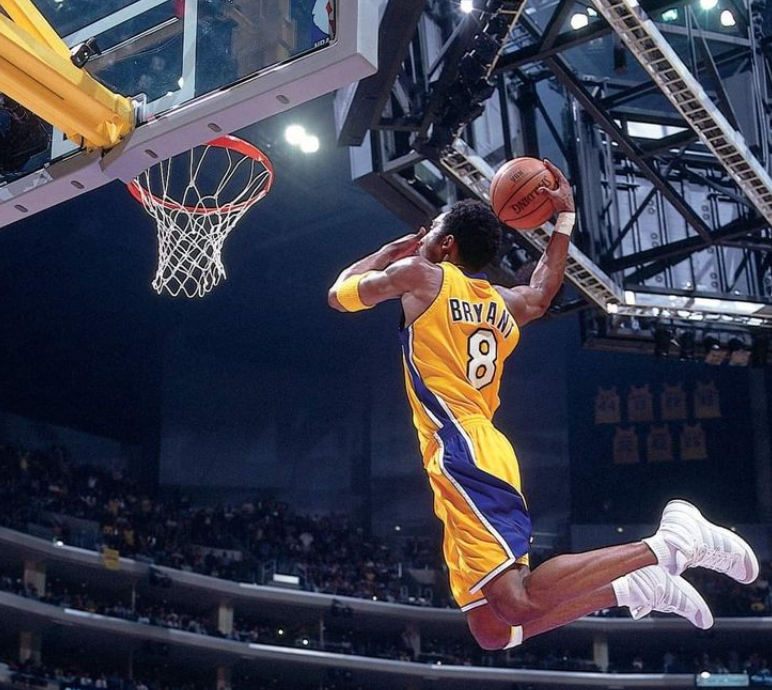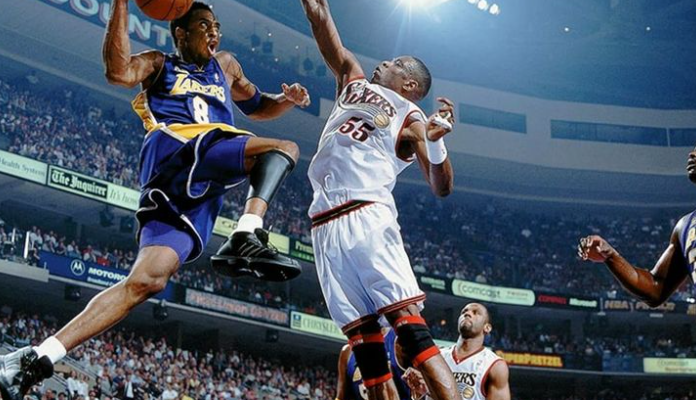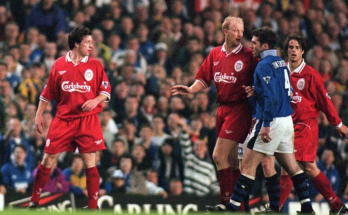Fourth quarter. 5:11 on the clock.
The home team just hit back-to-back threes. Crowd explodes. The opponent fumbles an inbound. Timeout.
The live line moves from -2.5 to -6.5 in 90 seconds.
You feel it in your chest — not just the game, but the urge. You reach for your phone.
That’s the moment most punters bet.
And that’s when the sharp ones pause.
Live basketball betting is the purest test of speed vs patience. The game moves fast, but money is made when you slow down — when you understand what momentum really means, and how the timeout isn’t just a break in play… it’s a break in illusion.
Momentum Flow Tracker: How Games Flip Fast
Let’s map a typical 3-minute run from a live betting perspective:
| Minute | Event | Live Line Shift | True Momentum? |
| 32:00 | Team A hits contested three | A -1.5 → -2.5 | ⚠️ False confidence shot |
| 31:35 | Steal + layup | -2.5 → -4.0 | ✅ Actual swing begins |
| 31:01 | Opponent missed open corner 3 | -4.0 → -4.5 | ⚠️ Random variance |
| 30:49 | Home crowd rises, timeout called | -4.5 → -6.5 | ❌ Psychological inflation |
The key? Most of the line movement comes after the timeout. Not because the teams got better or worse — but because emotion entered the market. Live bettors confuse noise with signal.

Timeout #1: The Emotional Overreaction
Timeouts kill runs. That’s what they’re for. But to the live market, timeouts often confirm momentum. Books bake in “the crowd effect” and assume it will continue. But experienced bettors know better:
- Momentum dies more often than it continues post-timeout.
- Teams often run low-percentage plays right after to “force the run.”
- Public overbets the side that looked hot 30 seconds ago.
Strategy Tip: Fade the momentum after the timeout if the run relied on contested shots or defensive lapses — not tactical shifts.
Timeout #2: The Trap of the “Good Value Middle”
Let’s say you backed Team B pre-game at +4. Now, live, they’re up 6 with 4:30 left. The books offer Team A +8.5 live.
It’s tempting. You can “middle” both sides. Both bets win if the game ends within 5–8 points. But here’s the trap:
- Teams down late start fouling early.
- Scoring becomes free throws, not real possessions.
- The game can swing 10+ points in garbage time — destroying middles.
Live middle bets are not value unless you understand the foul/timeout matrix of both coaches. Who extends games? Who surrenders?
Strategy Tip: Only middle when the clock, foul count, and rotations favour low-variance finish — otherwise, you’re gambling on chaos.
Timeout #3: The Inbound Setup That Kills Totals
Live totals often spike or crash after runs. But what many don’t see is how timeouts affect play design — and, indirectly, pace.
After a timeout, inbound plays are structured. It slows pace. You get 8 seconds off the clock with no attempt, followed by a low-EV jumper. This hurts overs — and books rarely adjust quickly.
Strategy Tip: In live Over markets, avoid entries right after timeouts unless both teams are in penalty. Fouls matter more than rhythm in late-game totals.
Playbook for Live Punters
If you want to win in live basketball markets, you need more than fast fingers. You need court sense. Here’s your mini-playbook:
- Track Runs, Not Just Scores — Know if the 10-2 run was built on transition or luck.
- Recognise Timeout Psychology — Expect reversal, not extension.
- Avoid Betting During Noise — Wait for inbound. Watch the next two possessions. Then bet.
- Learn Coach Patterns — Some extend, some fold. Know who you’re betting on.
You’re Not Faster Than the Market — Be Smarter
Live betting rewards discipline, not adrenaline. The moment you feel “this is the time to bet,” ask yourself: is that emotion or information?
Because in basketball, the scoreboard changes fast. But the sharpest bettors aren’t chasing scores — they’re chasing misreads.
Be the one who bets after the timeout — not during the noise. That’s where the value hides.



